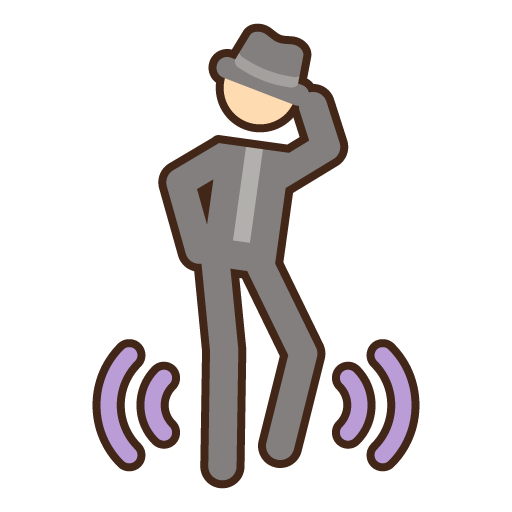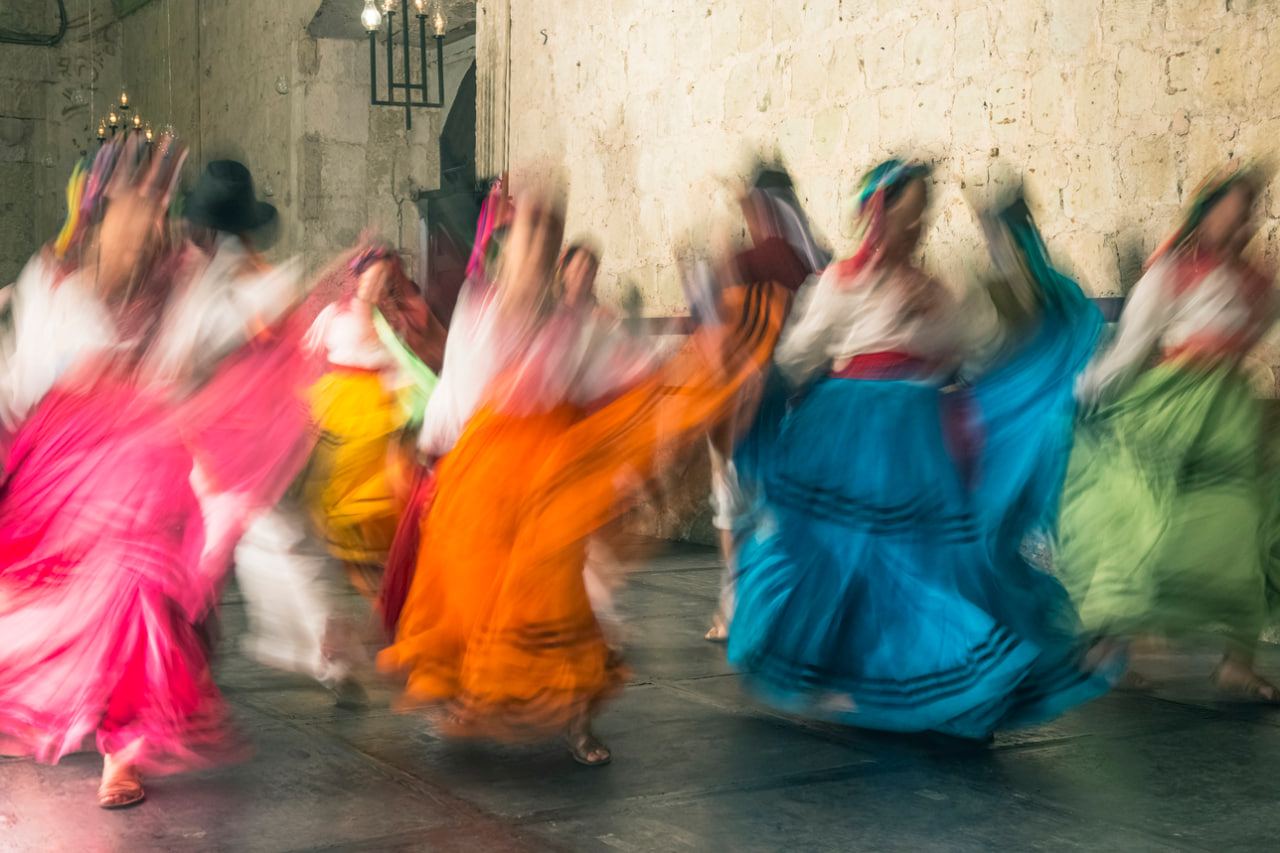Dance has always been more than movement. Across cultures and centuries, ethnic dances have carried stories, rituals, and values passed down through generations. Each step, gesture, and rhythm often reflects a deeper meaning that connects people to their roots. When we watch or learn a traditional dance, we are not just observing choreography — we are entering a living narrative shaped by history, community, and spirit.
Dance as a Language of Tradition
In many communities, dance serves as a language where words are not enough. Movements can symbolize the cycles of nature, the strength of unity, or the joy of harvest. For example, circle dances found in European and Middle Eastern traditions often represent the unbroken continuity of life and community. Dances tied to seasonal rituals, such as spring celebrations or harvest festivals, become living reminders of humanity’s bond with the earth.
Storytelling Through Gesture and Rhythm
Every ethnic dance has its vocabulary. A tilt of the head, a hand movement, or a particular foot pattern can carry symbolic meaning. In Indian folk traditions, mudras — hand gestures — tell detailed stories of gods, battles, or love. In African dances, rhythm itself often embodies communication, with drumming patterns mirroring spoken language. These elements transform performances into narratives where the audience doesn’t just watch but feels the message through sound and movement.
Preserving Identity Across Generations
For many communities, traditional dance is a way of keeping identity alive. Immigrant groups across the world often teach their children the dances of their homeland so that cultural memory endures even far from its origins. A child learning the steps of a Ukrainian hopak or a Mexican jarabe tapatío is not only learning choreography but also receiving a legacy of pride, resilience, and belonging. This transmission ensures that even as societies modernize, their roots remain strong.
Hidden Layers of Meaning
Sometimes the stories behind ethnic dances are not immediately visible to outsiders. A dance may appear joyful, yet historically it might have been created as a form of resistance, prayer, or coded communication. For example, in some enslaved communities, dances preserved African traditions while secretly symbolizing freedom and strength. In other regions, what looks like festive entertainment may actually be a reenactment of ancient myths or spiritual rituals. These hidden layers remind us that every performance has a deeper context waiting to be discovered.
Why Learning the Stories Matters
When dancers and audiences take the time to uncover these meanings, the experience becomes far more powerful. Learning the background of a dance deepens respect for the culture it comes from. It also helps preserve authenticity, ensuring that dances are not reduced to surface-level entertainment. By embracing both the movement and the story, students gain a holistic appreciation that connects them to something larger than themselves.
Dance as a Living Story
Ethnic dances are not frozen in the past. They continue to evolve while carrying their stories forward. Modern interpretations may adapt steps for new settings, but the heart of the narrative remains. Each performance is a living story — retold, reimagined, and relived by every generation.

